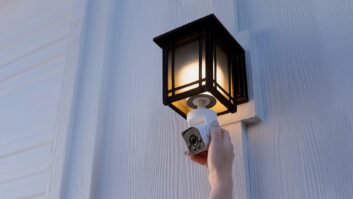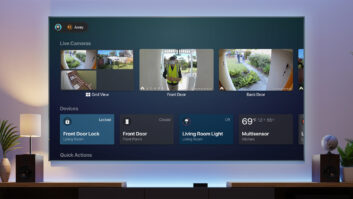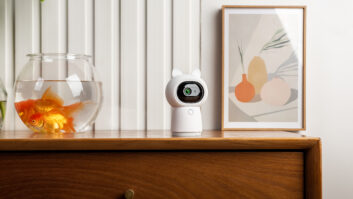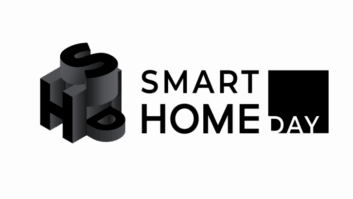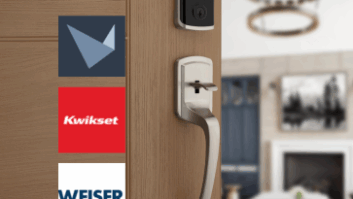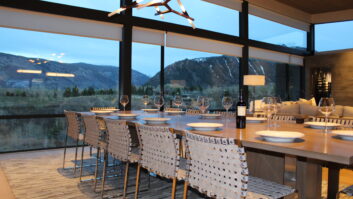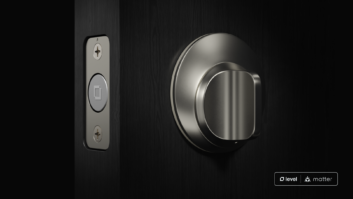
Smart home had another year of fabulous growth in 2018, with Futuresource estimating that shipments grew by 39 percent last year.
This consumer electronics category is now worth more than $12 billion globally and shipped over 100 million devices in 2018. The industry is tackling some important challenges like interoperability, but still lags in addressing issues that concern consumers and deter mass adoption, such as data safety.
Improved interoperability and ease of use can be counted among the industry’s more important successes, and voice assistants have been key to progress in this area. Smart speakers have become the seamless hub that directly controls a myriad of devices and appliances around the home. The quick adoption of smart speakers also matters for the wider industry because they are a common first step for consumers into the smart-home ecosystem.
See also: What Is A Smart Home?
This year, it is difficult to find a smart-home device that does not work with Amazon Alexa or Google Assistant. The widespread use of voice assistants in the home has occurred while the main smart-home use cases remain broadly unchanged: monitoring, diagnostics, remote control and automation, which have promised (and mostly delivered) convenience and security to consumers who have installed Cloud-connected security, climate control, lighting and power in their homes.
Where to next? The industry sees AI as the next big development. More than controlling the devices in their homes, consumers will be surrounded by technology that learns their routines and moods, and adapts accordingly. Another route for development is to continue to integrate connectivity to more areas of the home from living room and bedroom furniture to the kitchen and bathroom.
Futuresource believes there will be plenty of room for growth within the key established categories of security, climate control, lighting and power categories. We estimate that only 4 percent of global households own smart-home devices (excluding smart entertainment and smart speakers). The saturation rate is higher for the U.S. (19 percent) and Western Europe (6 percent), but even in those markets the runway is long.
Stay up to date with all things CES-related with one-click access to our CES Hub.
Security and monitoring is the most established area of the smart home, and in the U.S. saturation is expected to pass the 50-percent mark this year. This is due to two key sub-categories: smart security cameras and video doorbells, the success of which is now spreading to other parts of the world, with video doorbell shipments more than doubling in Europe in 2018.
Climate control is the second most successful area of the smart home. Fourteen million smart thermostats shipped in 2018, with more than two-thirds in the U.S. and Europe. China, the leading market for smart appliances, including smart air conditioners, offers potential in smart thermostats, not least because unit prices are about half of those in the U.S. and Europe.
Lighting is less established than security and climate control but growing faster than either category. It also sells for lower unit prices and bundles well in retail with smart speakers, which have led to a new wave of smart lighting that does not require hubs or bridges.
Despite fast growth and a strong forecast (a 38 percent compound annual growth rate, or CAGR, through 2022), smart lighting has lost its fastest-growing smart-home category status, which it held in 2017, to power, which includes smart sockets and switches. Smart sockets are an easy and relatively cheap way of making any home a smart home and to control any electrical device remotely via a smartphone or a voice assistant.
The success of smart power is a symptom of one of the development branches in the smart home: settled use cases permeating new areas of the home helped by a decline in unit prices. CES is the right venue for big players to showcase their new connected devices. It is also the right place to see what possibilities AI can open for the industry in 2019.
Filipe Oliveira is a senior market analyst at Futuresource Consulting.




